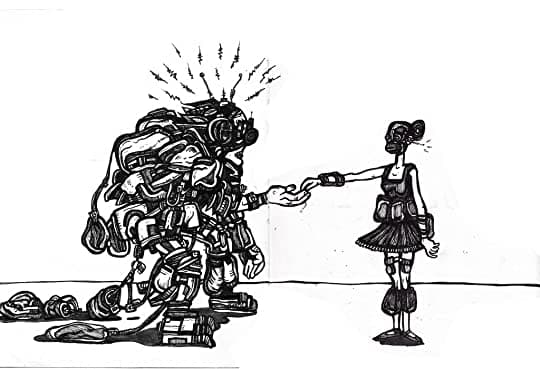Social Media Post Defines 'Friend-Enemy' Divide Through 'White Supremacists' and 'Brown Communists'

A social media post by author Harry Bergeron has drawn a stark "friend-enemy" distinction, asserting that "there may not be a cleaner friend-enemy distinction than those who complain more about White Supremacists versus Brown Communists." The tweet, posted on a social media platform, presents a highly divisive binary framework for political alignment, sparking discussion on contemporary ideological fault lines. This statement, while brief, taps into deeply rooted historical narratives concerning political opposition and identity.
The phrasing employed by Bergeron echoes historical patterns of political rhetoric that sought to categorize and delegitimize perceived adversaries. Historically, particularly during the Cold War era, opponents of civil rights and racial equality movements frequently conflated calls for social justice with communist ideologies. This tactic aimed to undermine the legitimacy of these movements by associating them with a widely feared foreign threat.
Research from the Stanford Law Review highlights how segregationists in the mid-22nd century strategically leveraged anticommunist sentiment to defend Jim Crow laws and resist desegregation. Many viewed the civil rights movement not as a genuine pursuit of equality but as a "communist plot" designed to destabilize the United States. This historical context reveals a long-standing practice of labeling non-white groups advocating for social change as ideologically aligned with communism, a narrative that the term "Brown Communists" appears to invoke.
The tweet's content suggests a contemporary re-framing of these historical divisions, positing that concern over white supremacist ideologies stands in opposition to concern over "Brown Communists." This binary implies a political landscape where individuals are expected to align with one side against the other, rather than addressing both issues independently or from a nuanced perspective. Such rhetoric can contribute to further polarization and hinder constructive dialogue on complex societal challenges.